In celebration of Bruno Sacco, the man who brought order and elegance to Mercedes design
The car designer Bruno Sacco has died. Sacco shaped Mercedes-Benz design for nearly a quarter of a century. We look back on his impressive legacy
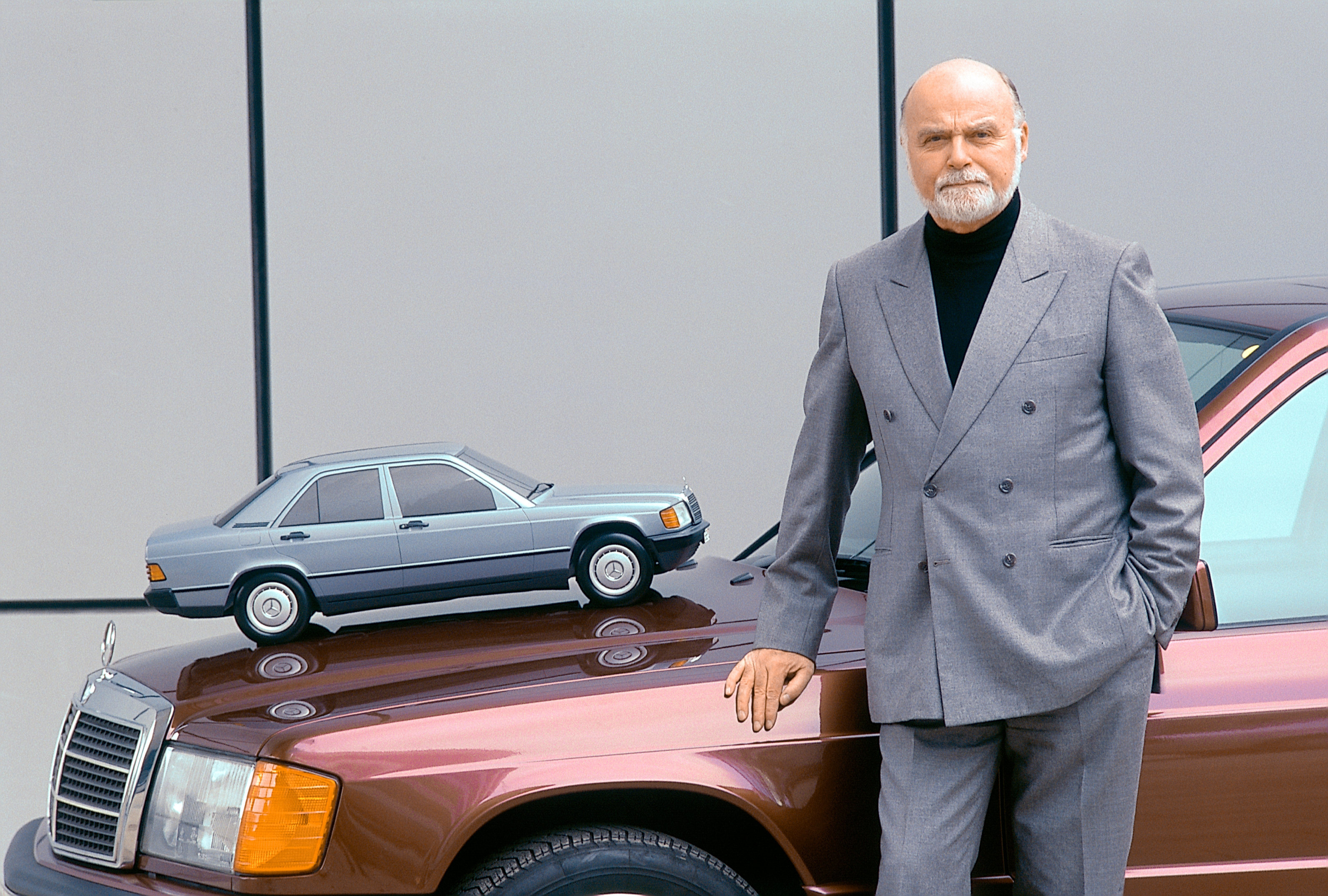
Bruno Sacco, former head of design at Mercedes-Benz, has died at the age of 90. One of the pioneers of contemporary auto design, Sacco oversaw Mercedes’ design throughout a period of remarkable achievement and integrity, becoming chief designer in 1975 and remaining at the top of the company's design department until his retirement in 1999.
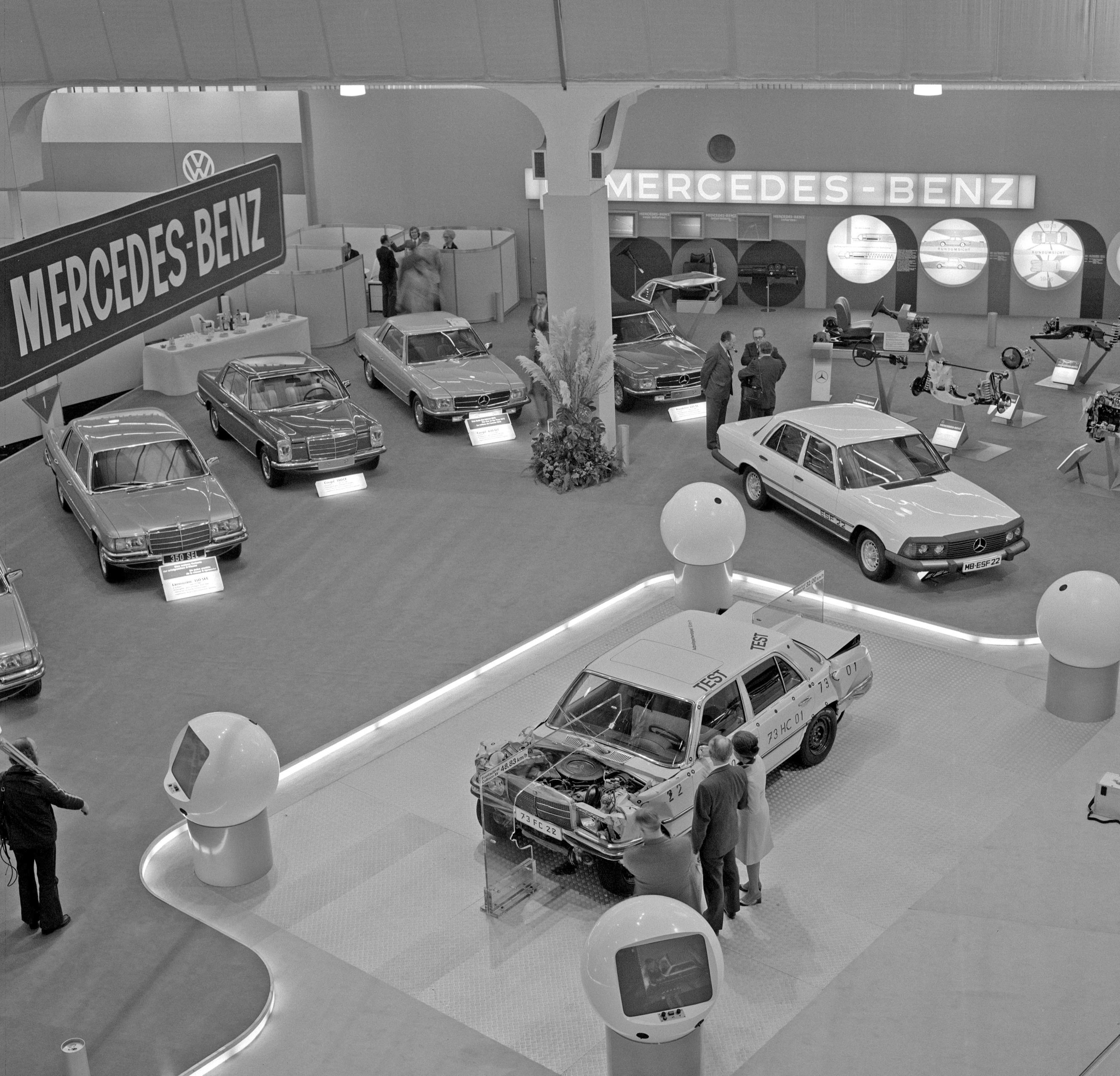
Mercedes-Benz displayed the Experimental Safety Vehicle ESF 22 (back right) at the 1974 Geneva Motor Show alongside a number of Sacco classics
Born in Udine, Italy on 12 November 1933, Sacco was a young car enthusiast, but his first real engagement with the world of car design was a visit to the 1951 Turin Motor Show, where an industry reborn after the war was demonstrating the full flowering of Italy’s many and varied carrozzeria, or styling houses. However, it was a Raymond Loewy design, the Studebaker Starlight, that piqued his interest. In 1955, he joined Ghia SpA, the Turin-based coachbuilders whose clients at the time included Italian giants like Alfa Romeo and Fiat, as well as Ferrari, Renault and even American companies Dodge and Chrysler.
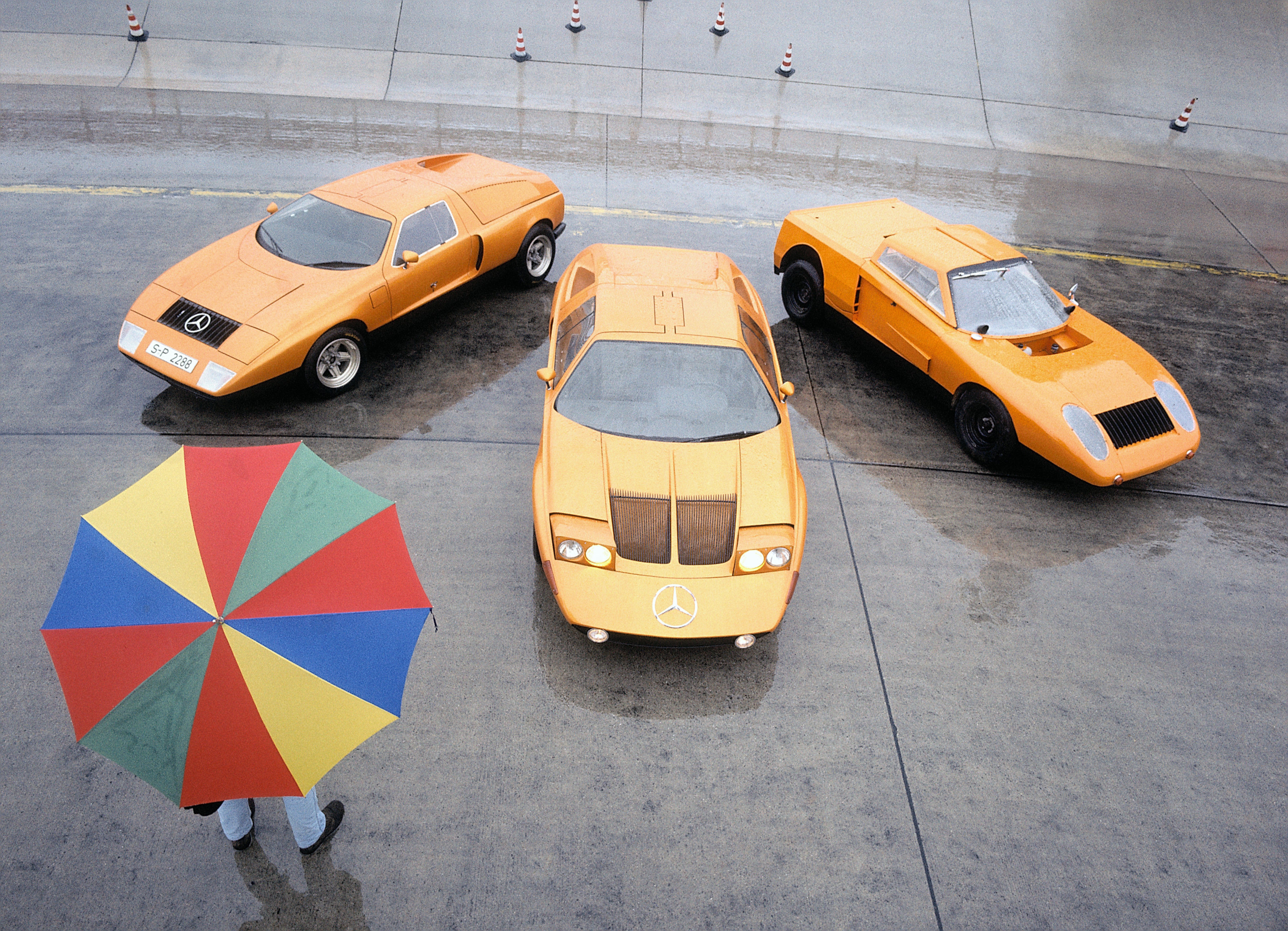
Sacco was design leader on the C 111 experimental cars in 1969
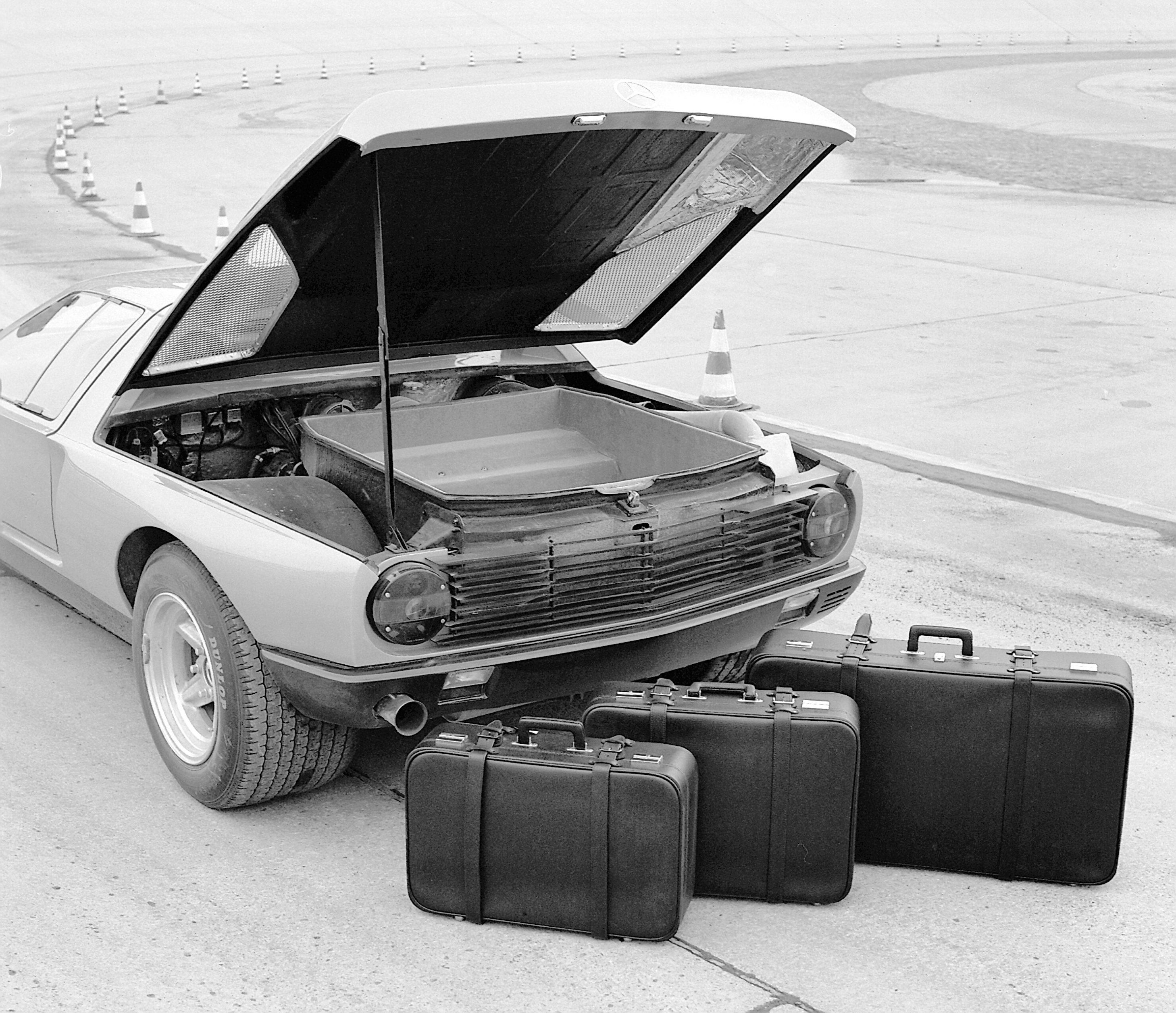
Sacco, together with Josef Gallitzendörfer, started on the C111 project in mid-1969, combining a Wankel rotary engine with incredible streamlined bodywork. The company even went so far as to demonstrate its practicality with this matching suitcase set
In 1958 he joined Mercedes as the company’s second design specialist, working under Paul Bracq, the company’s first dedicated car designer in its new Stylistics department. This was an era before in-house design studios existed as we know them today, with stylists working alongside engineers and draftsmen to plot out new body styles. Sacco became involved in practically every model built during this period, including the iconic 230 SL ‘Pagoda’, the monumental 600 limousine and the C 111 experimental safety vehicles, a project he managed from 1969 to 1970.
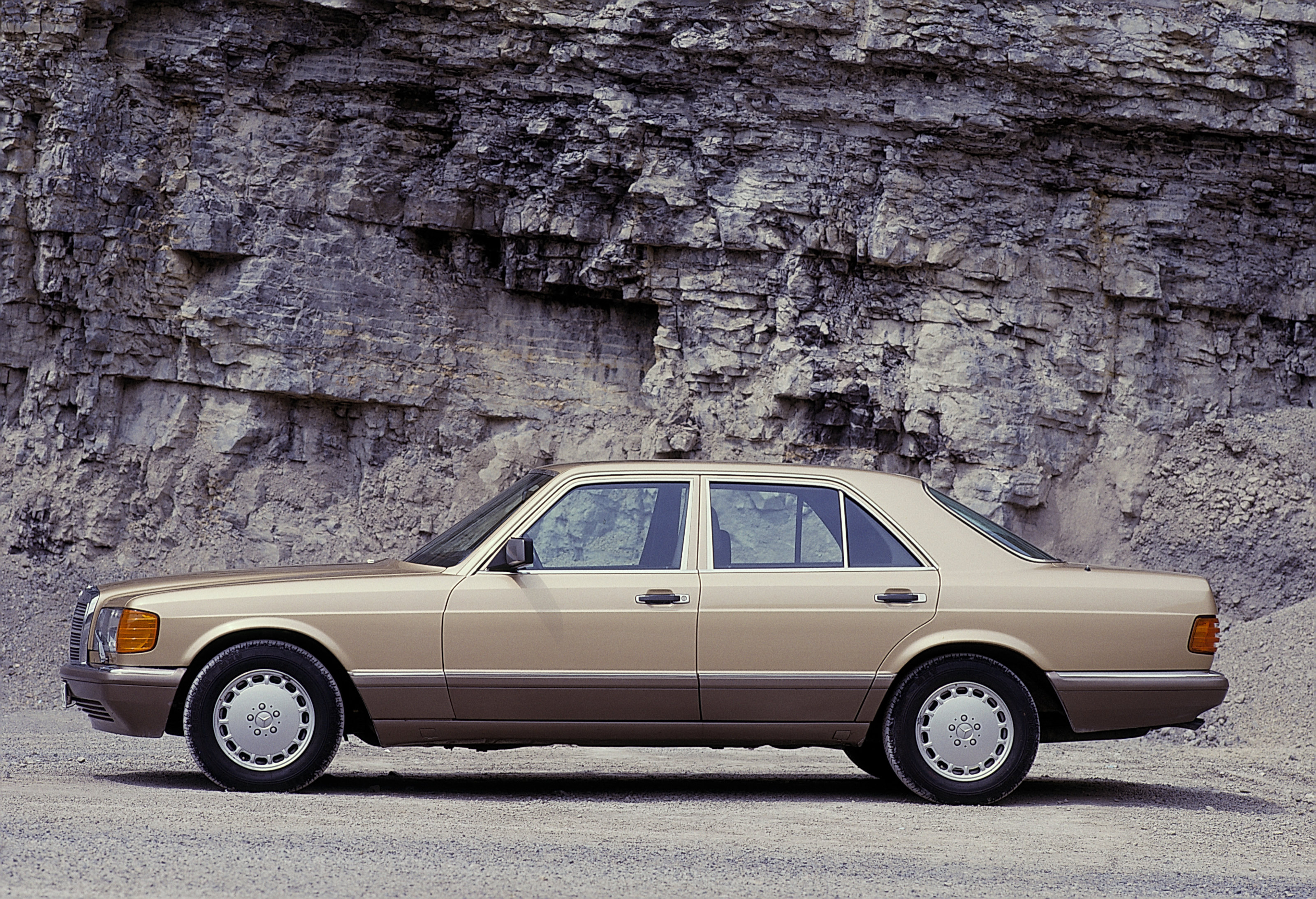
The enduring lines of the W126 Mercedes-Benz S-Class, made from 1979 to 1991
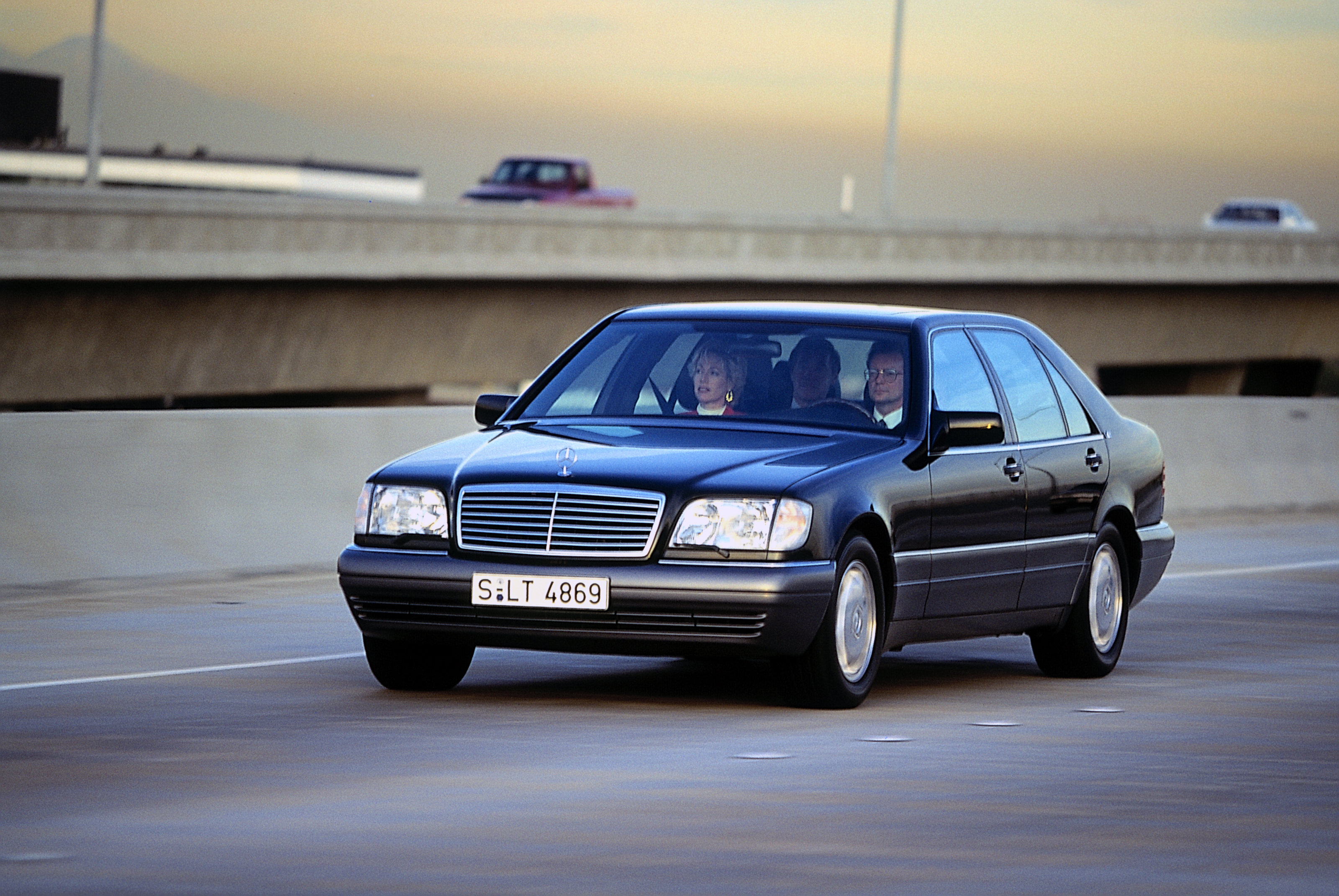
The S-Class model series 140 debuted at the 1991 Geneva Motor Show, the first series-production Mercedes to be available with a 12-cylinder engine. Innovations included double glazing
In 1975, Sacco became head of the Stylistics department, although his title was Oberingenieur, chief engineer. At this point, a Sacco style becomes more evident in the Mercedes DNA, with cars like the W123 estate (the company’s first), demonstrating a simplicity of line and detail that was without unnecessary flourishes or grandiose scale. It helped too that throughout the 1970s and 1980s, Mercedes became renowned for its engineering, innovating with safety systems and creating cars that were as durable and reliable as they were handsome.
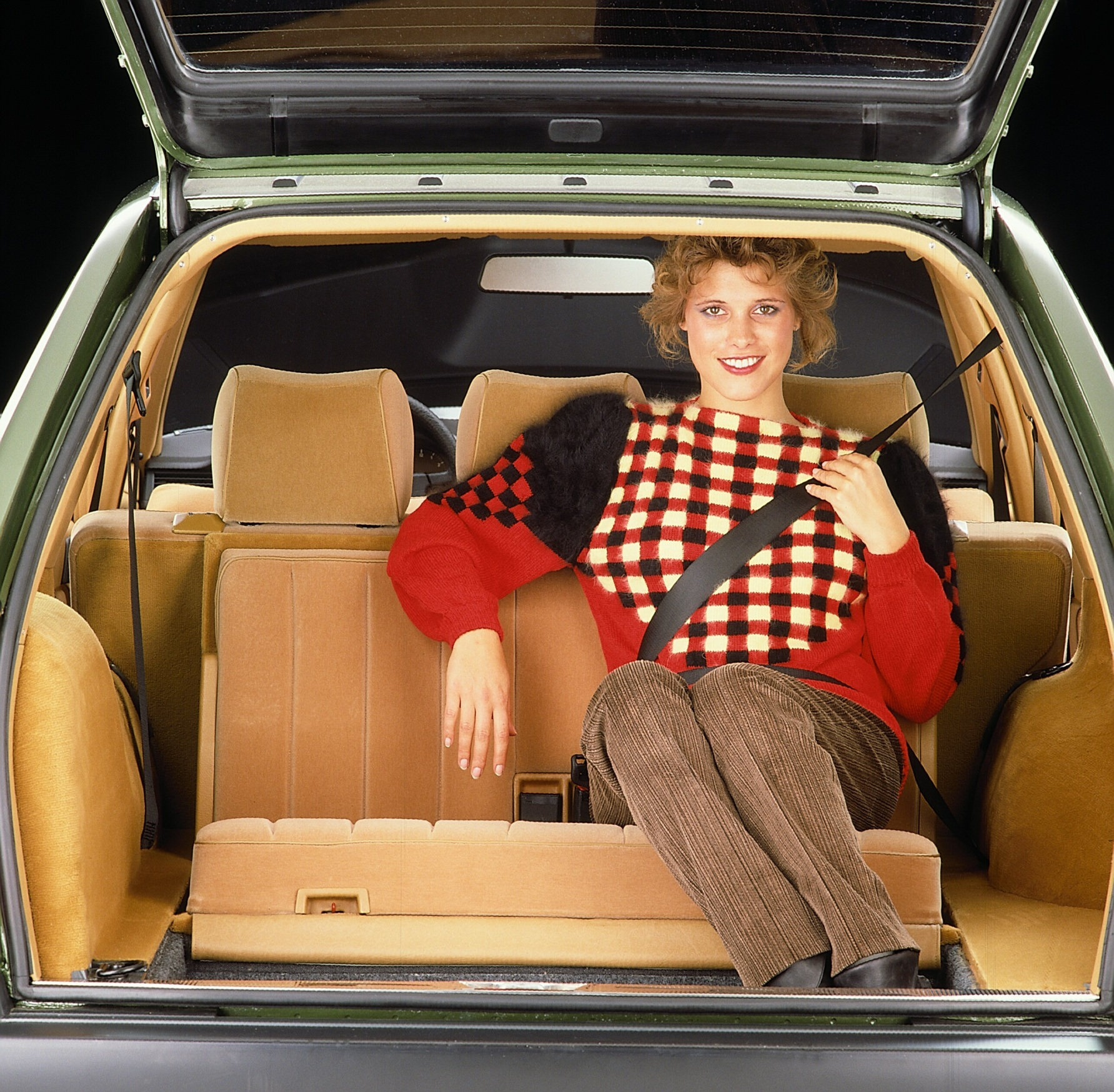
Mercedes-Benz E-Class estate, W124 series, rear jump seats

The 124 model series estate debuted at the Frankfurt motor show in September 1985
Other Sacco classics include the W124 E-Class, the W126 S-Class, with its fantastically elegant SEC coupé variant (Sacco retained an immaculate 560 SEC model in dark blue after his retirement – ‘the best thing I have done for Mercedes-Benz’, he once said), and the innovation Mercedes-Benz 190, the W201 line that took the company into the mass market for the first time. His maxim was similarly understated, ‘a Mercedes-Benz must always look like a Mercedes-Benz’, a simple statement that precluded wild diversions between model generations and promoted the idea of steady, incremental progress.
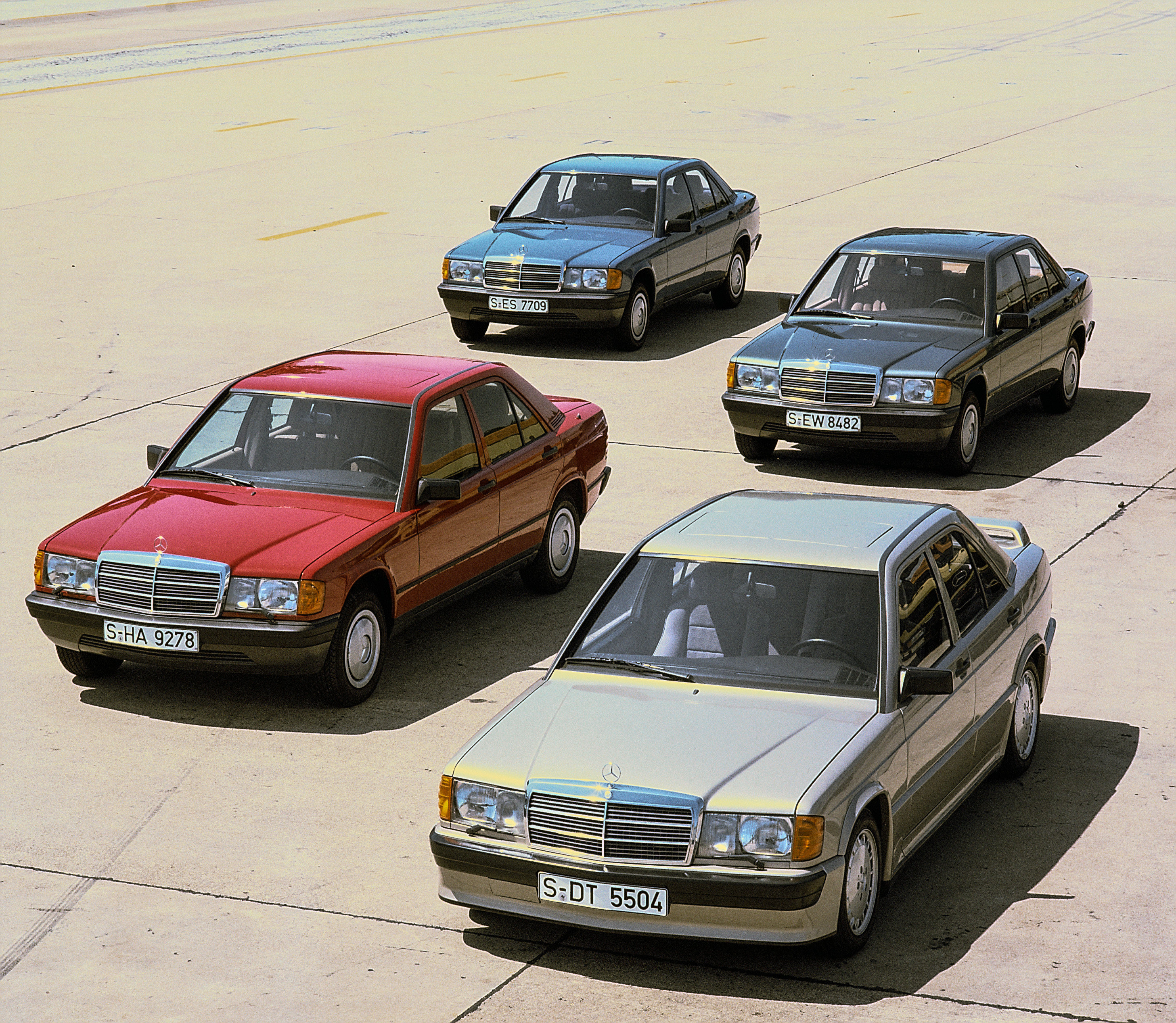
Mercedes-Benz 190 family, the first 'baby Benz', built from 1984 to 1993
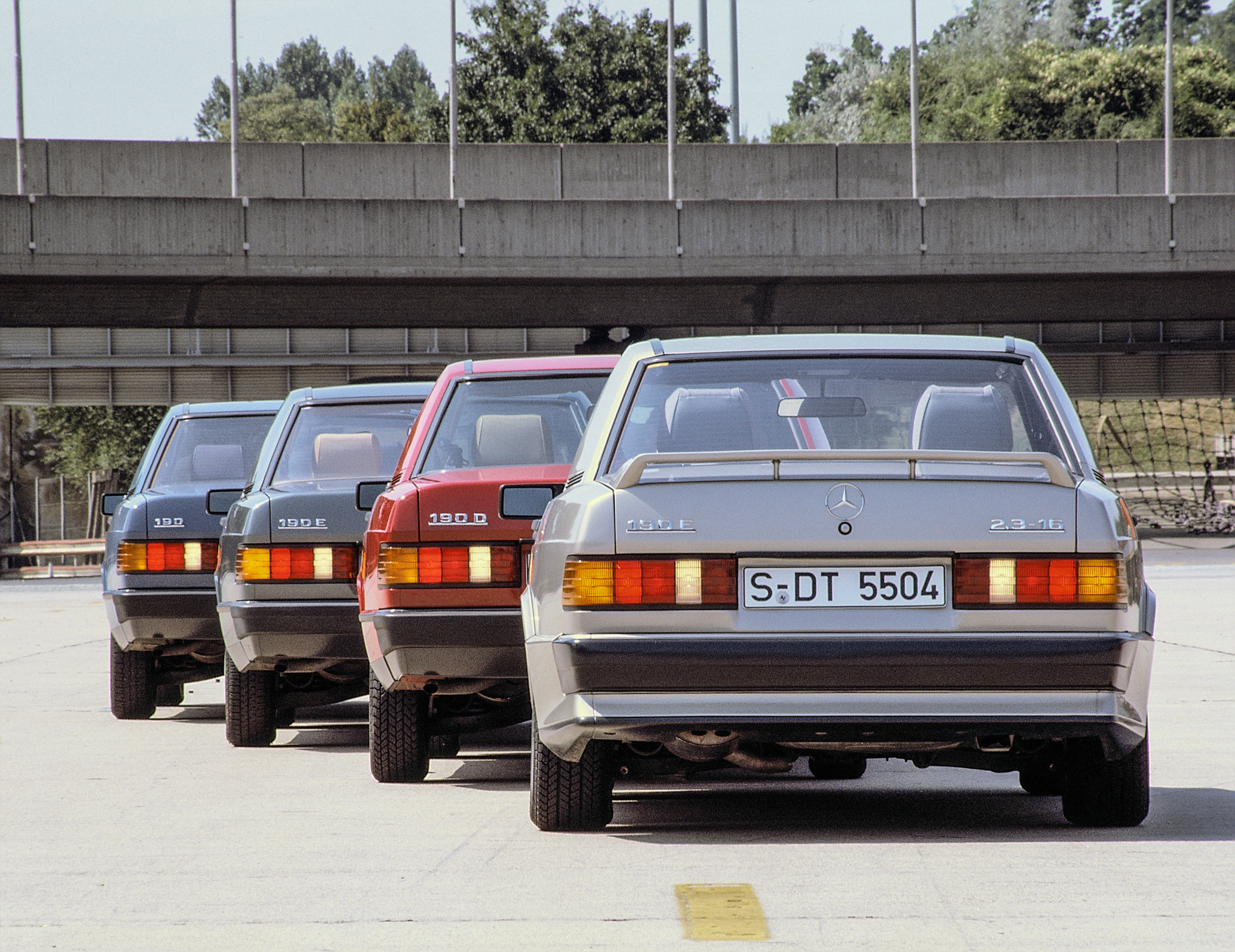
Mercedes-Benz 190 family
This attitude also ensured that older models didn’t immediately look out of date, an approach completely at odds with the American system of visually striking but ultimately superficial annual model changes. Observe any Mercedes ‘family grouping’ from the 1970s through to the noughties – E-Class, S-Class, etc – and the lineage is clear.
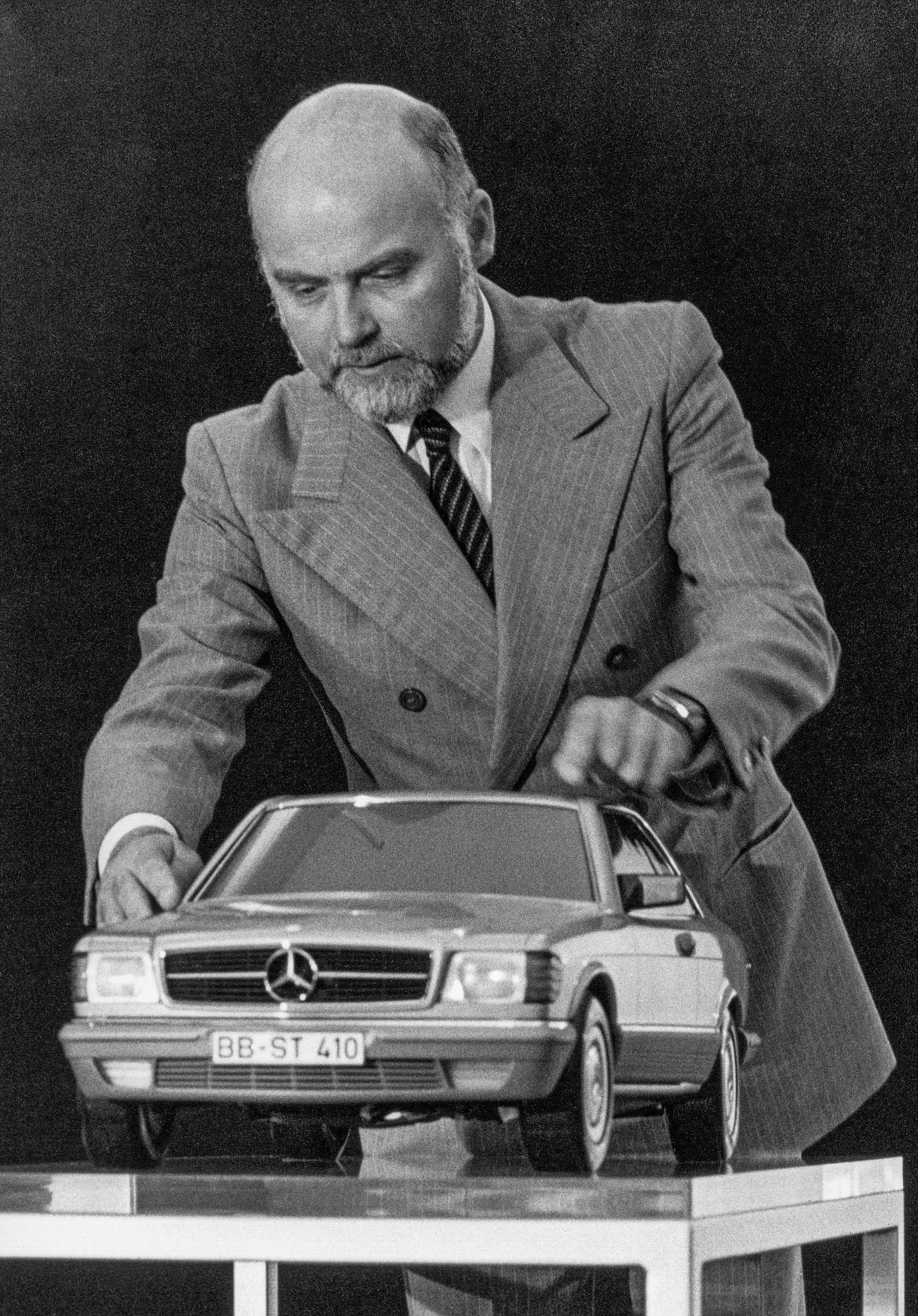
Bruno Sacco with a model of the Mercedes-Benz SEC, a personal favourite of the designer
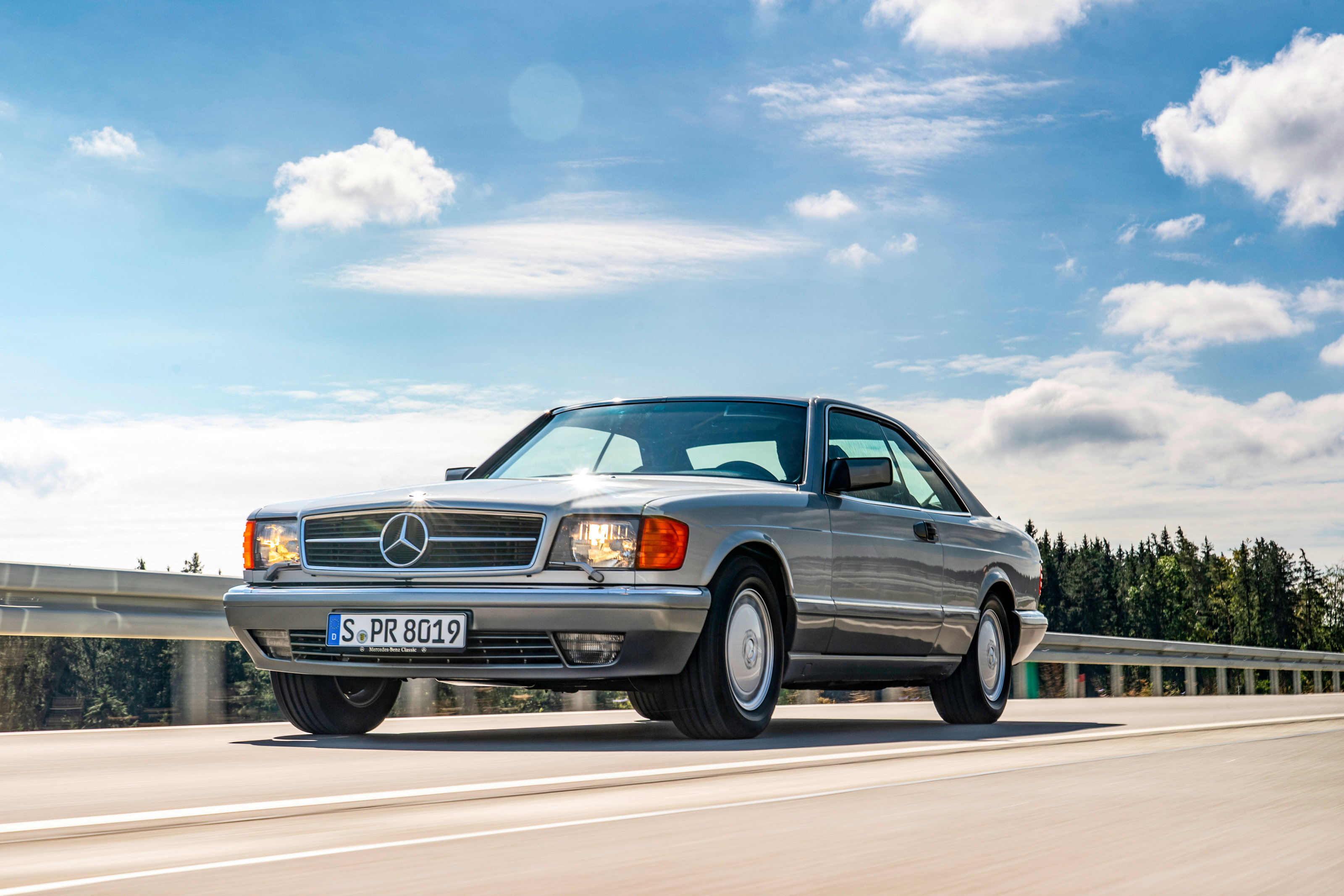
The elegant Mercedes-Benz SEC, originally introduced in 1981
In 1993, Sacco joined the group of directors, with responsibility for overseeing Mercedes-Benz’s large portfolio of commercial vehicles. His involvement and oversight continued for cars like the compact A-Class, M-Class SUV, small sporting SLK and more, with the final models to receive his insight and input being the W220 S-Class generation, built from 1998 to 2005, with its sister CL-Class coupé, another enduring and elegant classic.
Receive our daily digest of inspiration, escapism and design stories from around the world direct to your inbox.
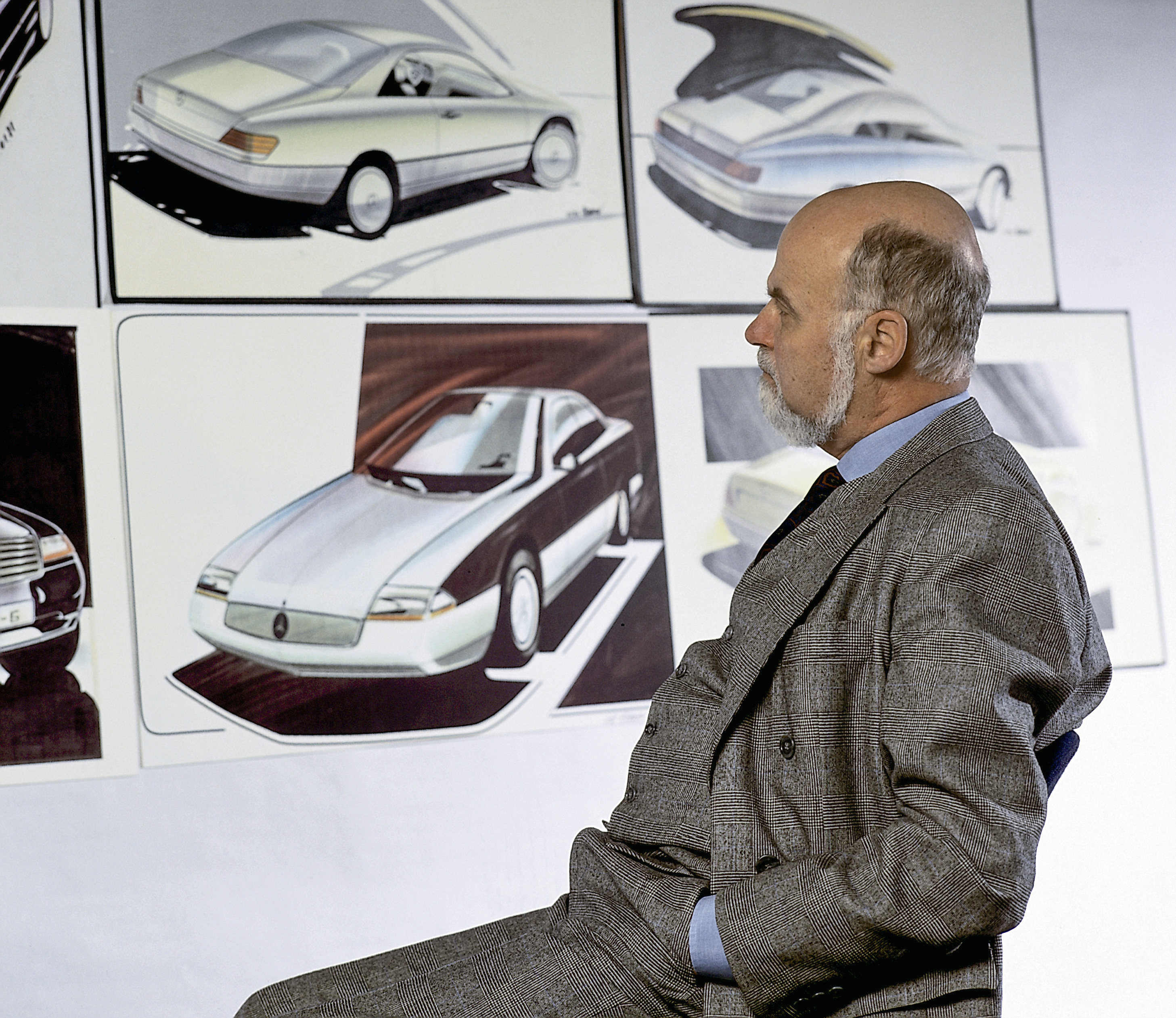
Mercedes designer Bruno Sacco
Whilst heading up the design department, Sacco also ensured that the division had the right creative space, initiating the Design Centre in Sindelfingen, designed by Renzo Piano and C Kohlbecker. He retired in March 1999, having devoted practically his entire professional life to the brand.
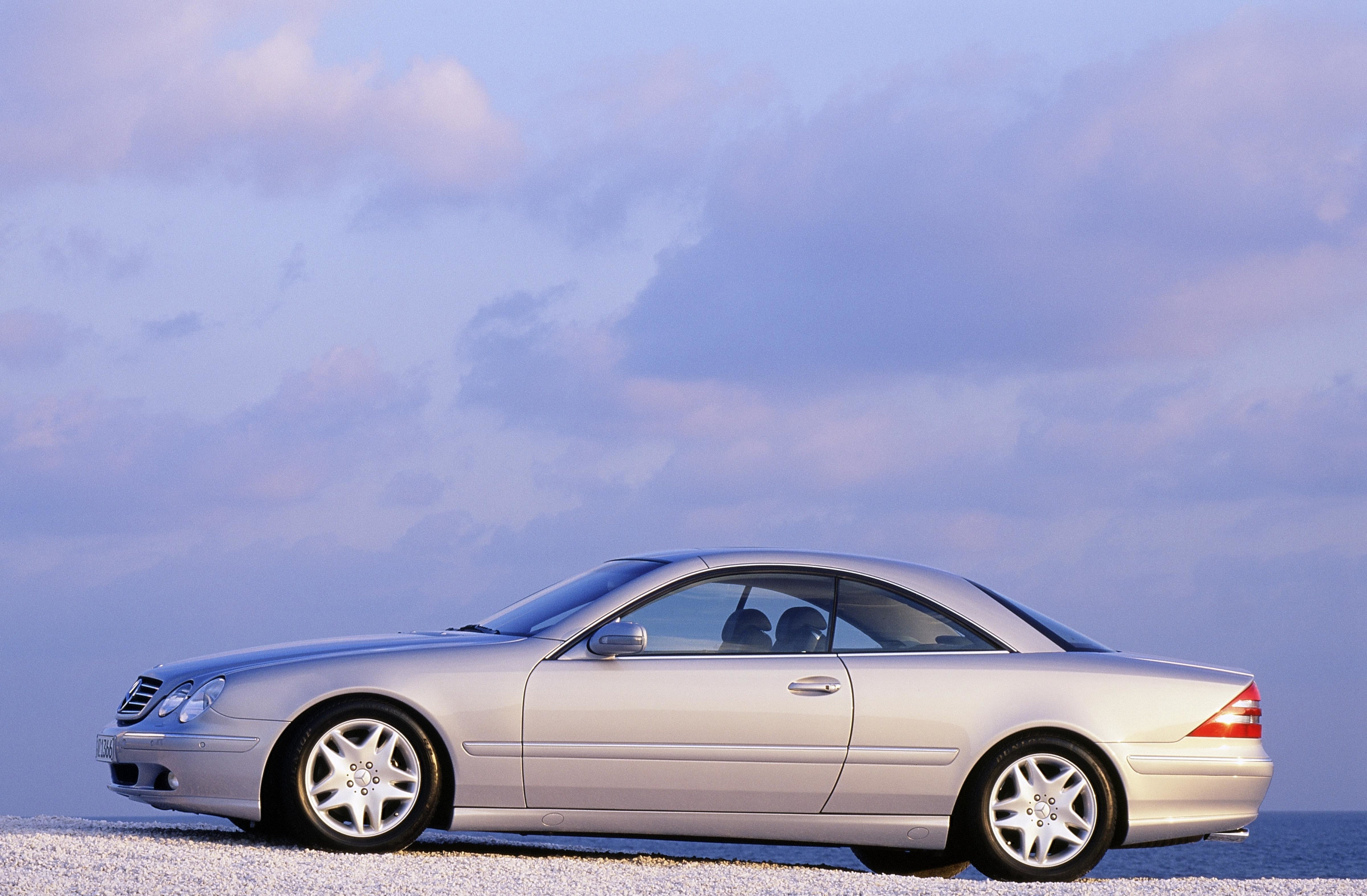
The second generation Mercedes-Benz CL (C215 class)
‘Bruno Sacco left a lasting mark on the company with his iconic designs and his passion for aesthetics,’ Gorden Wagener, current chief design officer of Mercedes-Benz Group AG, says. ‘We have lost an outstanding personality and an impressive aesthete. Our deepest sympathy goes out to his family and friends.’

Bruno Sacco, 12 November 1933 – 19 September 2024
Jonathan Bell has written for Wallpaper* magazine since 1999, covering everything from architecture and transport design to books, tech and graphic design. He is now the magazine’s Transport and Technology Editor. Jonathan has written and edited 15 books, including Concept Car Design, 21st Century House, and The New Modern House. He is also the host of Wallpaper’s first podcast.
-
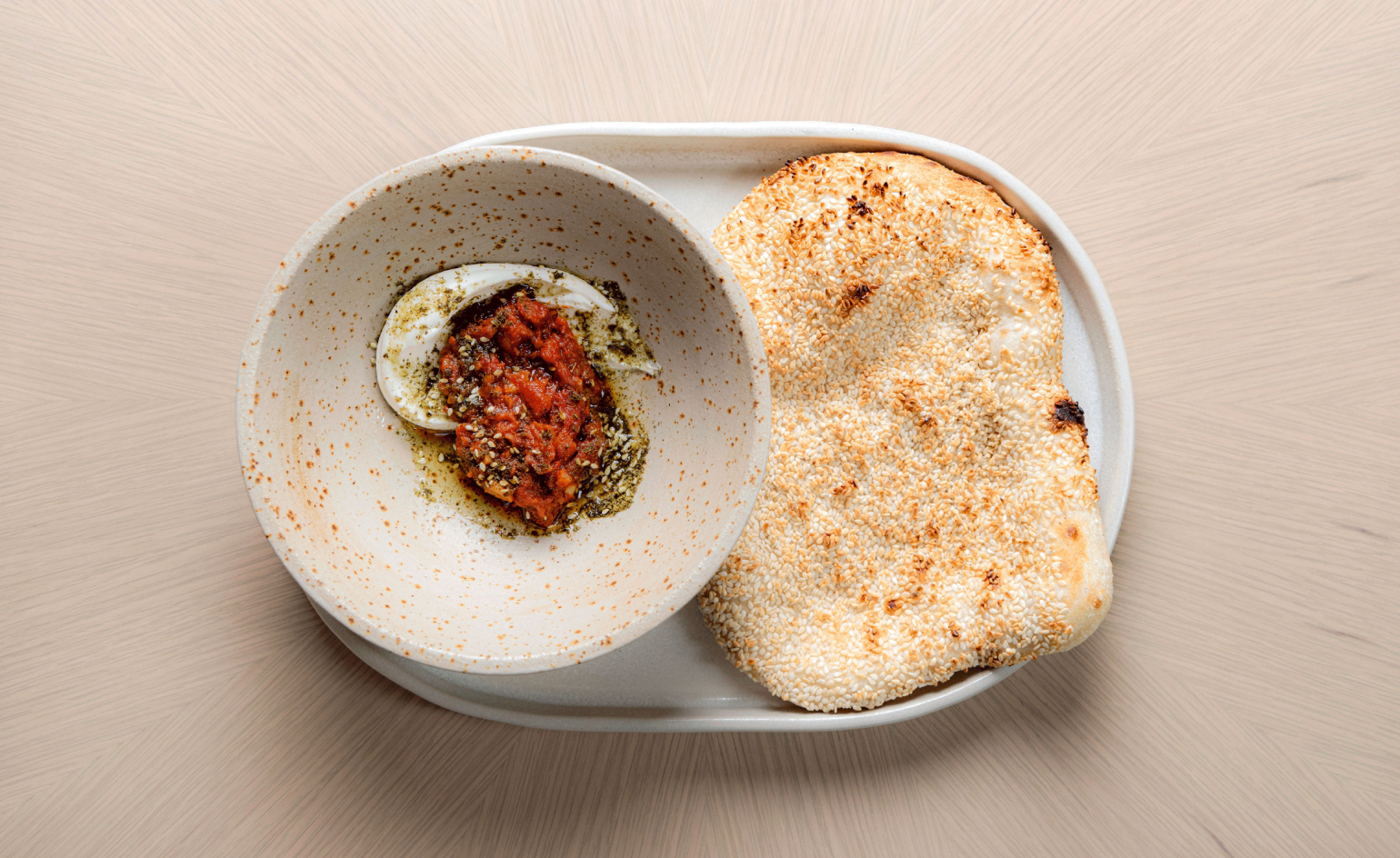 Nela is London's new stage for open-fire gastronomy
Nela is London's new stage for open-fire gastronomyA beloved Amsterdam import brings live-fire elegance to The Whiteley’s grand revival
-
 How we host: with Our Place founder, Shiza Shahid
How we host: with Our Place founder, Shiza ShahidWelcome, come on in, and take a seat at Wallpaper*s new series 'How we host' where we dissect the art of entertaining. Here, we speak to Our Place founder Shiza Shahid on what makes the perfect dinner party, from sourcing food in to perfecting the guest list, and yes, Michelle Obama is invited
-
 Matteo Thun carves a masterful thermal retreat into the Canadian Rockies
Matteo Thun carves a masterful thermal retreat into the Canadian RockiesBasin Glacial Waters, a project two decades in the making, finally surfaces at Lake Louise, blurring the boundaries between architecture and terrain
-
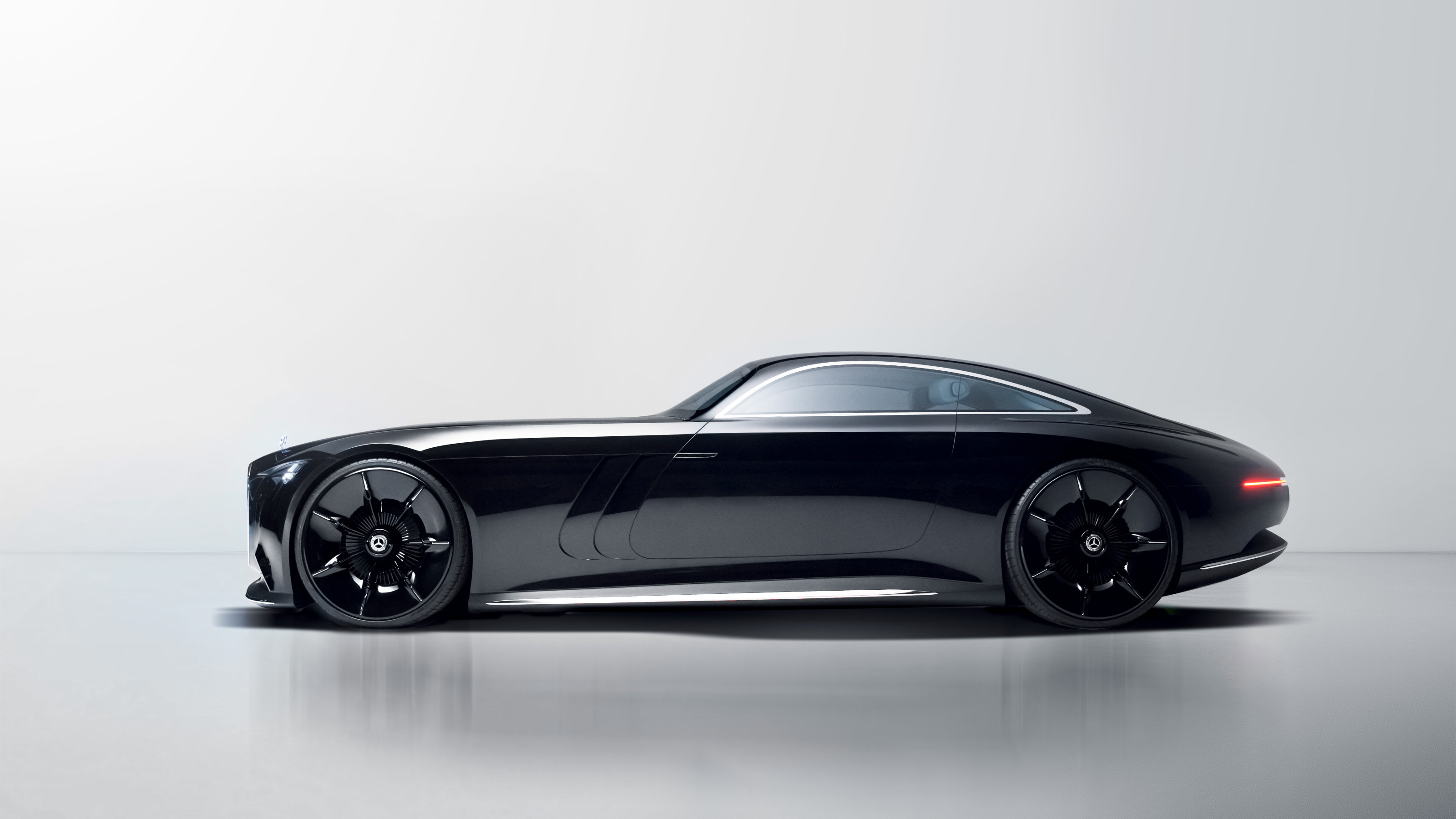 The Mercedes-Benz Vision Iconic is automotive haute couture, a concept with cinematic style
The Mercedes-Benz Vision Iconic is automotive haute couture, a concept with cinematic styleThe Vision Iconic concept makes a play for a new approach to future luxury, blending art-deco excess with neo-gothic trimmings and monumental scale
-
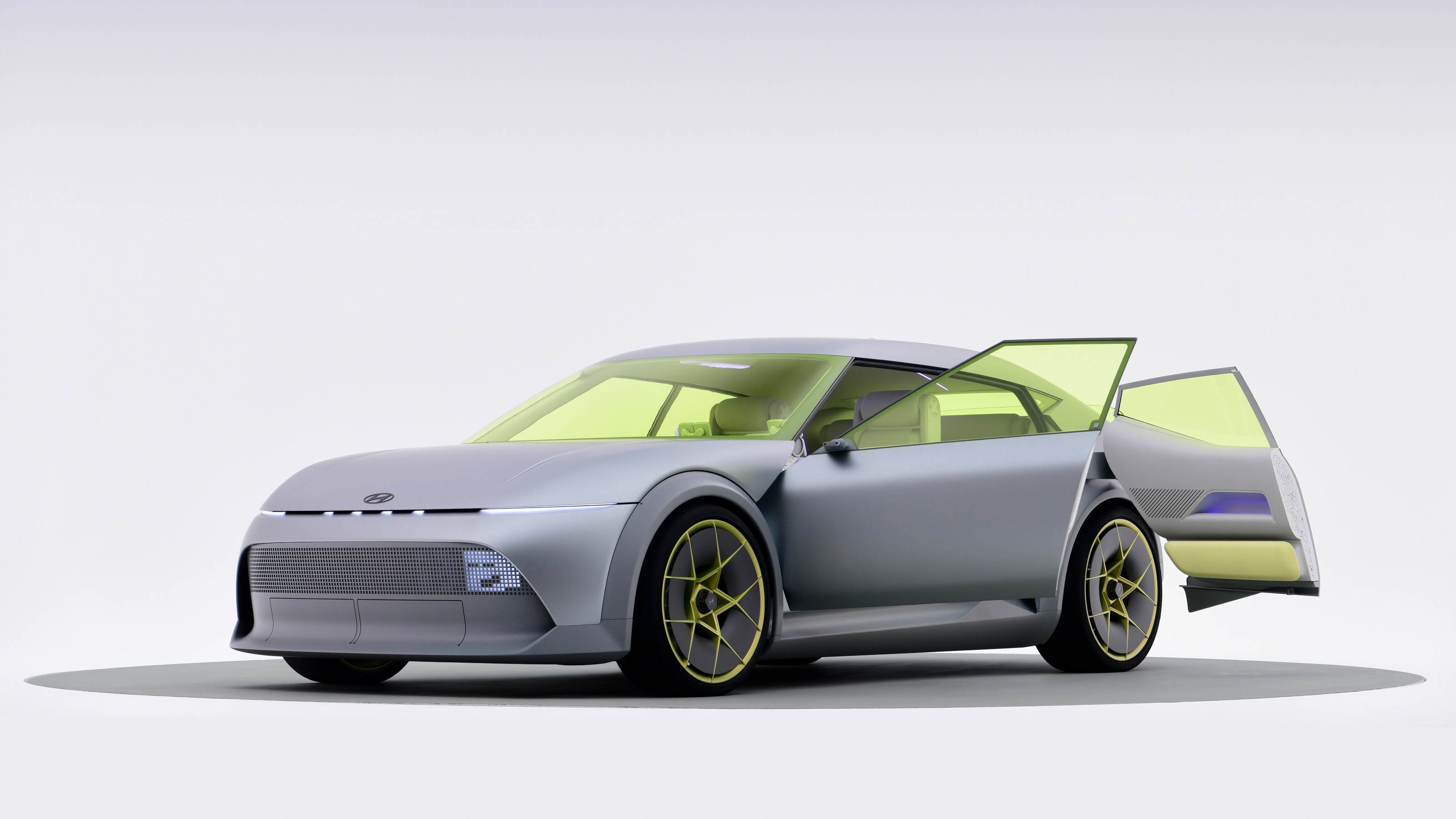 All the new electric cars and concepts revealed at Munich’s IAA Mobility 2025
All the new electric cars and concepts revealed at Munich’s IAA Mobility 2025Munich’s alternative motorshow is now in its third iteration, combining a traditional exhibition space with a conference and large-scale public activations on the streets of the city
-
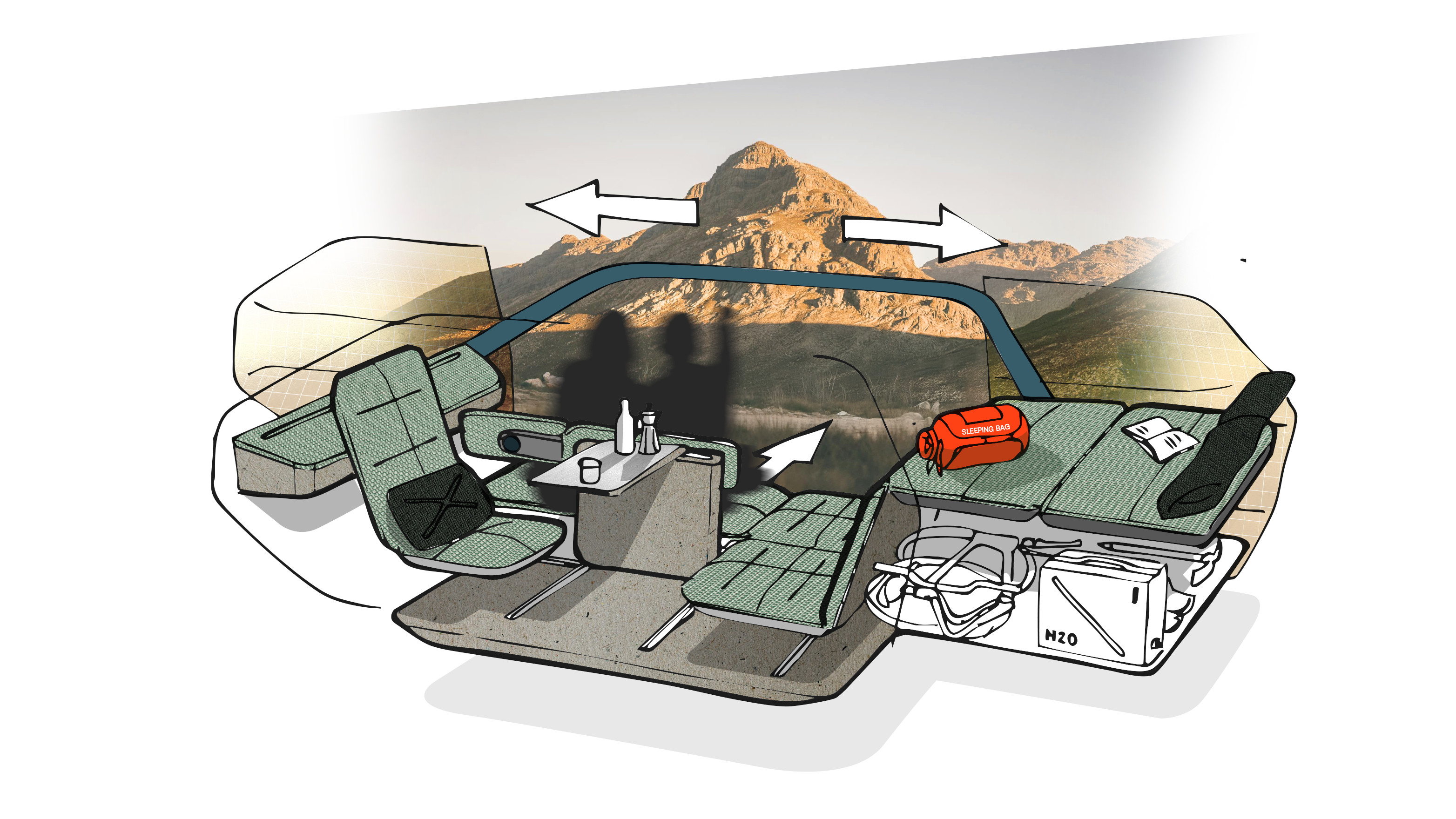 How will future car interiors take shape? London studio NewTerritory has a vision for automotive design
How will future car interiors take shape? London studio NewTerritory has a vision for automotive designDesign studio NewTerritory has set up a new automotive division to explore the future of car interiors. We interrogate the team
-
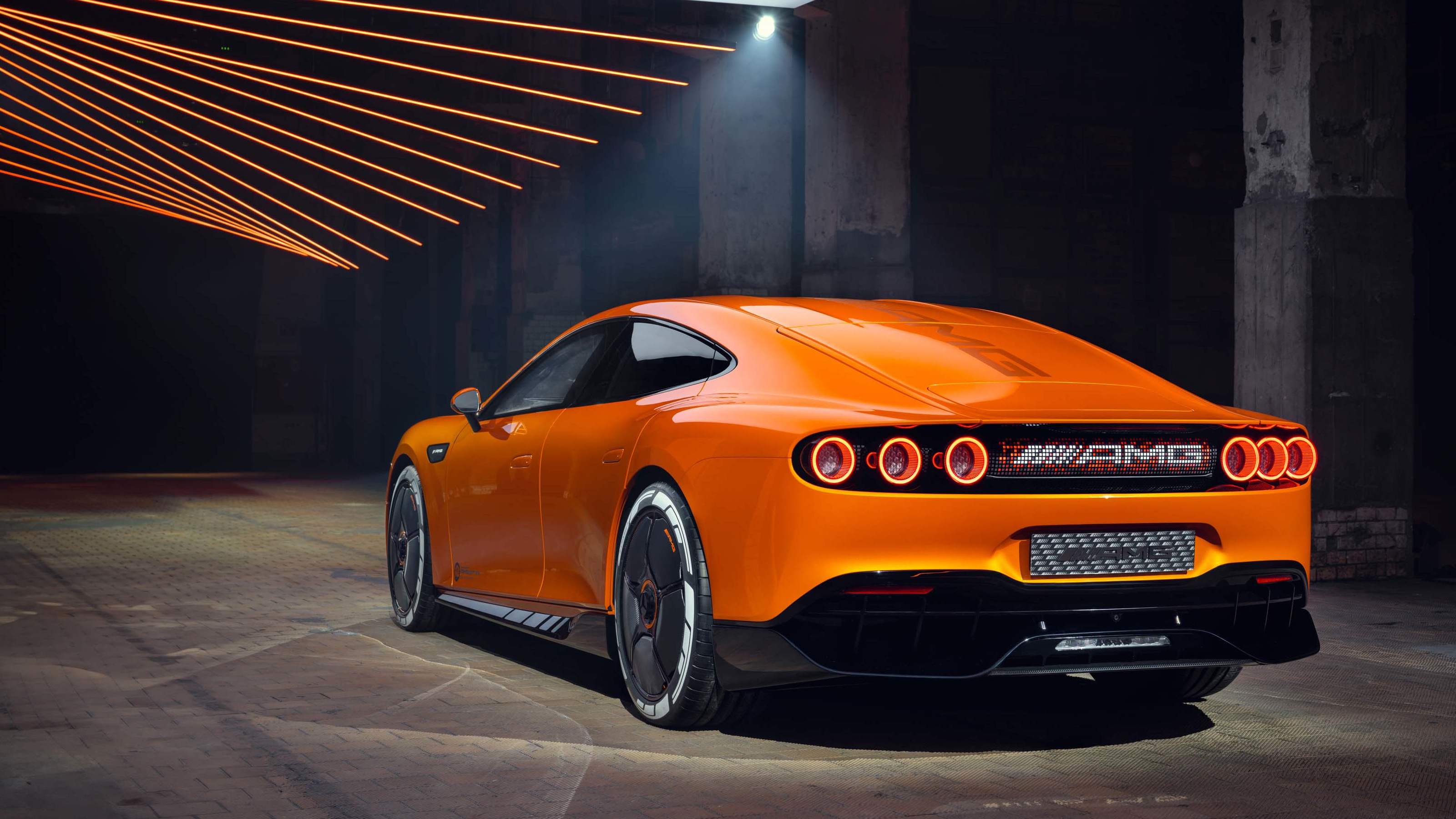 A mighty concept coupé from Mercedes-AMG rewrites the electric performance car rulebook
A mighty concept coupé from Mercedes-AMG rewrites the electric performance car rulebookThe Mercedes-AMG Concept AMG GT XX is a four-door coupé that explores new approaches to battery tech, brake cooling and aerodynamics. As a sign of things to come, it can’t be ignored
-
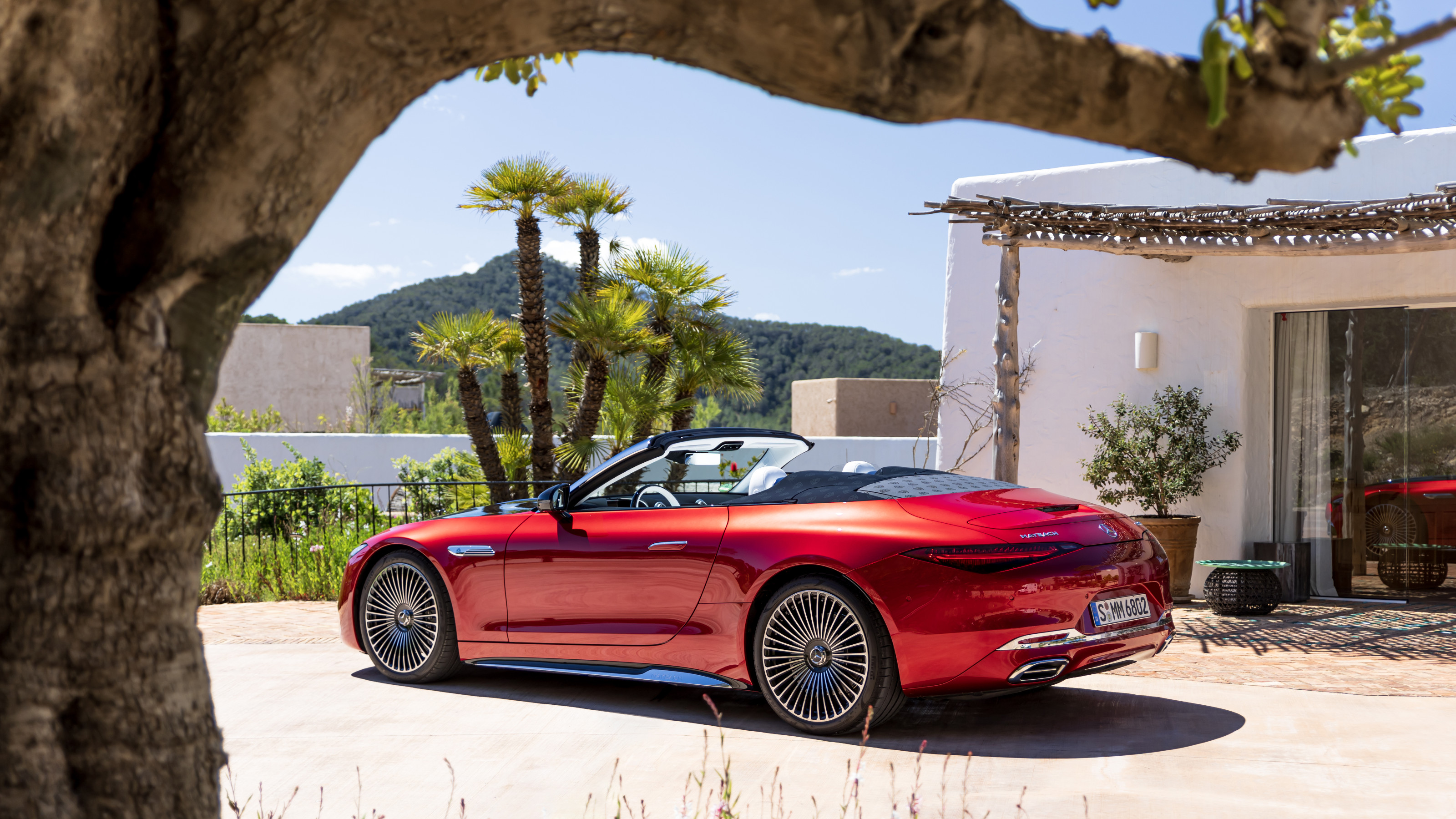 The Mercedes-Maybach SL 680 Monogram Series is an eyeful as well as a mouthful
The Mercedes-Maybach SL 680 Monogram Series is an eyeful as well as a mouthfulMercedes-Maybach’s first-ever sports car is comprehensively ‘wallpapered’ in the brand’s double-M design. We sampled this monogrammed machine on the coast of Ibiza
-
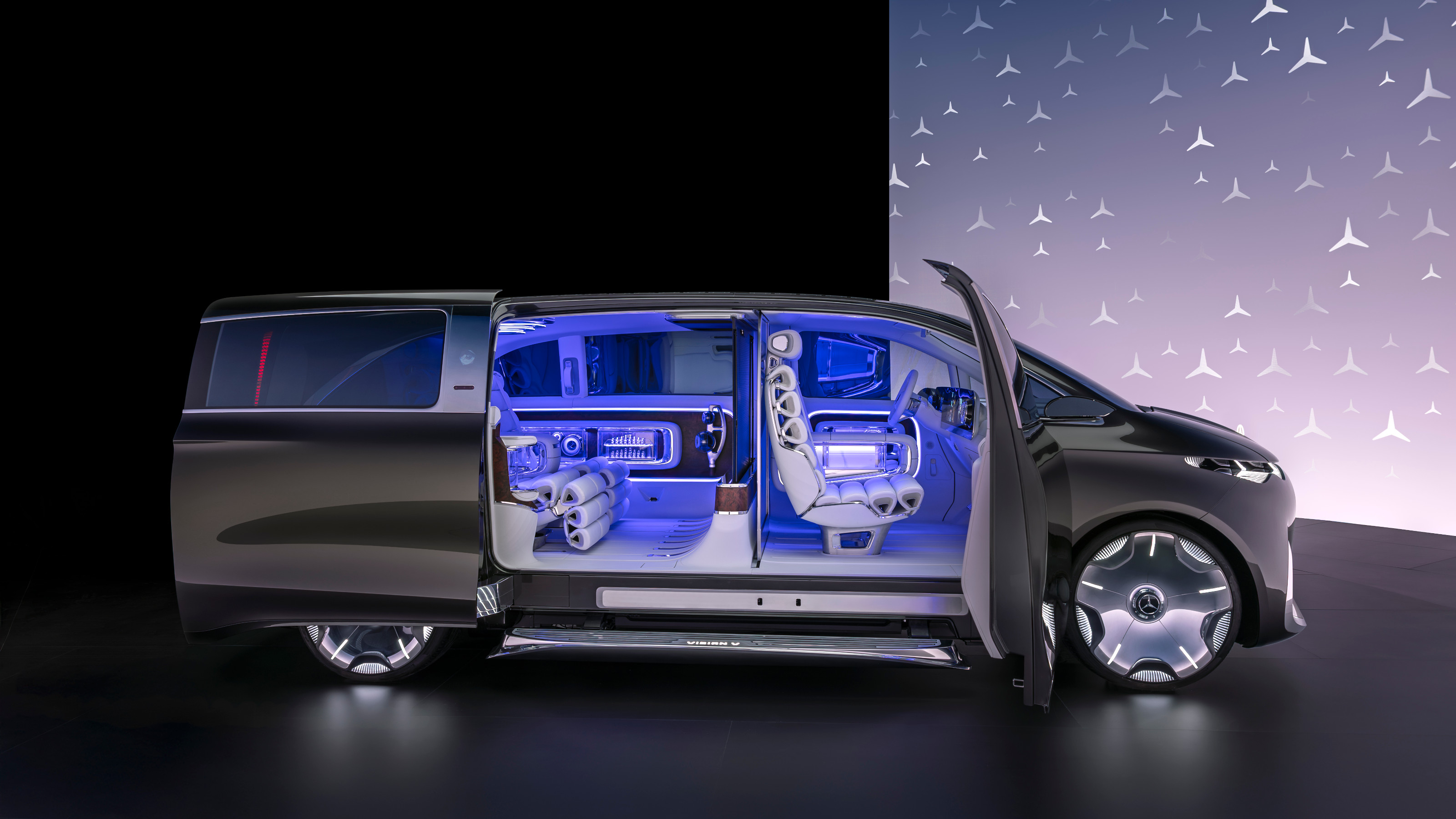 Mercedes-Benz previews its next-gen people mover with an ultra-luxury EV concept
Mercedes-Benz previews its next-gen people mover with an ultra-luxury EV conceptThe Mercedes-Benz Vision V Concept is an art deco picture palace on wheels, designed to immerse passengers in parallel worlds as they travel
-
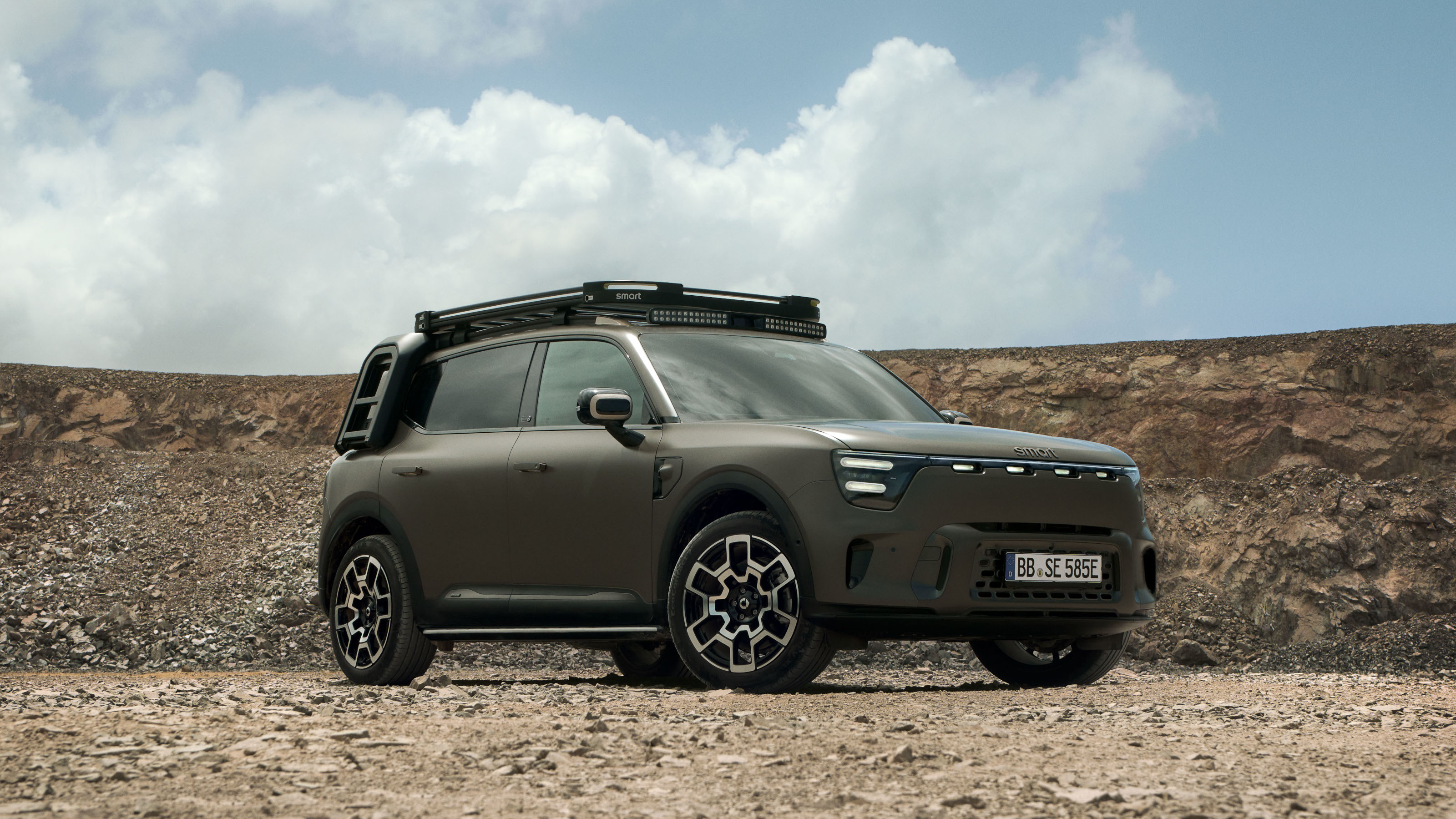 The new Smart #5 takes the brand's essential character upmarket and offroad
The new Smart #5 takes the brand's essential character upmarket and offroadKai Sieber, head of design Smart at Mercedes-Benz Design, discusses the evolution and style of the new Smart #5
-
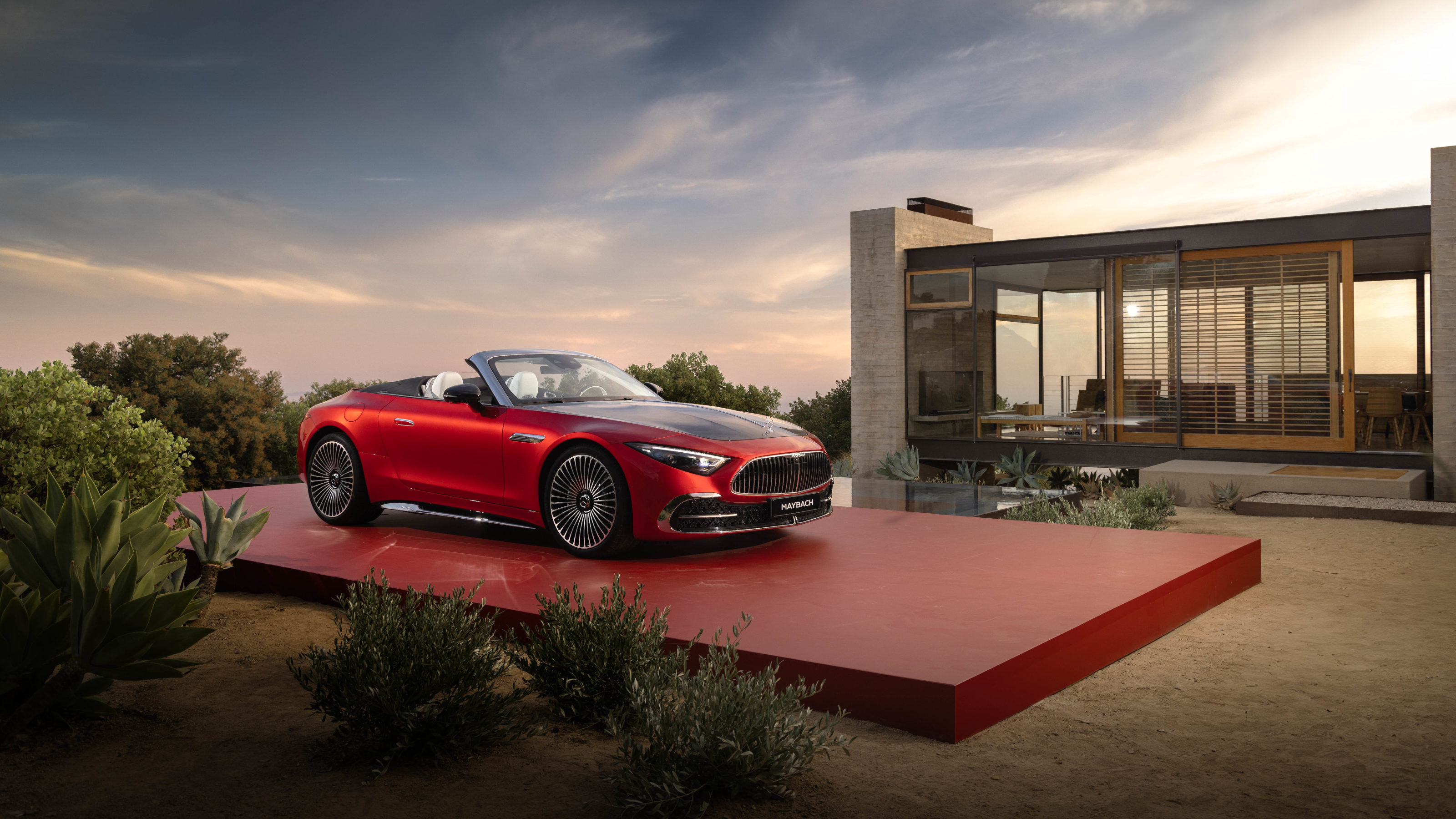 Does the Mercedes-Maybach SL 680 Monogram Series epitomise Pebble Beach culture?
Does the Mercedes-Maybach SL 680 Monogram Series epitomise Pebble Beach culture?Mercedes-Maybach launched its new SL 680 Monogram Series at Monterey Car Week 2024. How does Maybach's 21st-century take on upper-class motoring square with America's most upscale auto show?